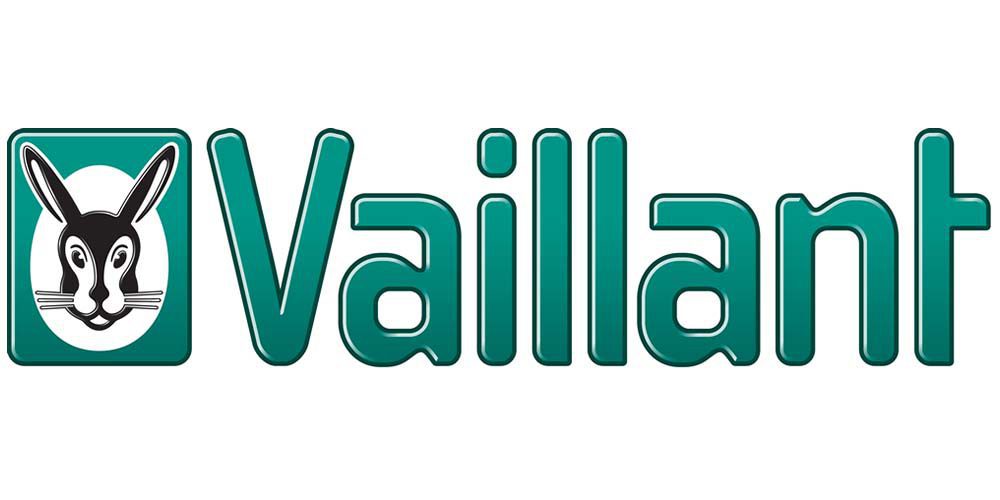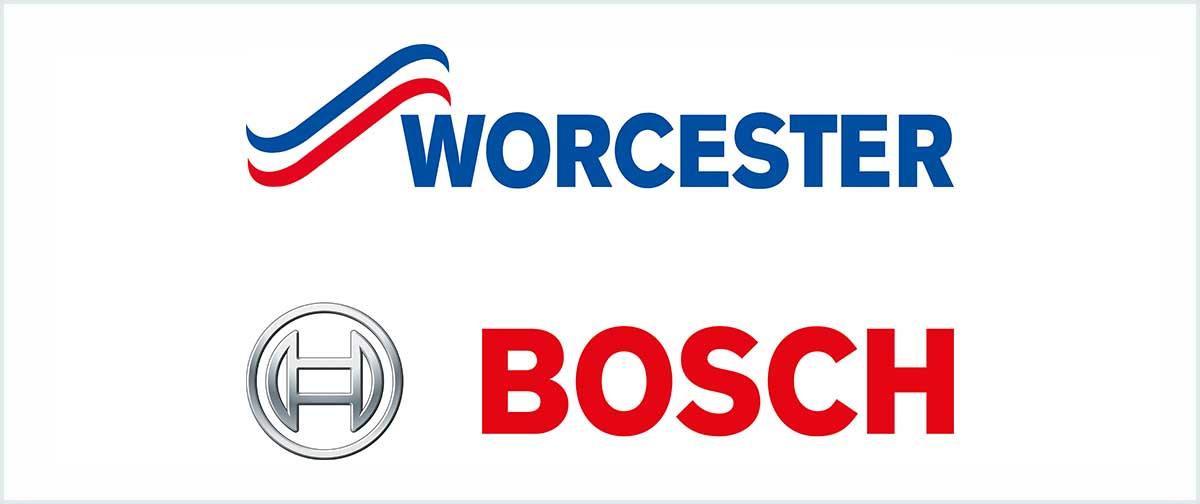
The Different Types of Plumbing: A Comprehensive Guide
Plumbing is an essential aspect of our daily lives, encompassing a variety of systems designed to manage water supply, drainage, and waste disposal. In this blog, we’ll explore the three primary types of plumbing systems: sanitary drainage, stormwater drainage, and potable water. Each system serves distinct functions and plays a crucial role in maintaining the integrity and efficiency of our built environment.
1. Sanitary Drainage:
Sanitary drainage systems are responsible for the safe and efficient removal of wastewater and sewage from buildings. They prevent contamination of living spaces and protect public health by conveying waste to treatment facilities or disposal sites. Key components of sanitary drainage systems include:
2. Stormwater Drainage:
Stormwater drainage systems manage rainwater runoff from roofs, driveways, and other impermeable surfaces, preventing flooding and erosion. These systems convey excess water to drainage channels, retention ponds, or natural waterways, where it can be safely dispersed or treated. Key components of stormwater drainage systems include:
3. Potable Water:
Potable water systems provide clean and safe drinking water to homes, businesses, and public facilities. These systems deliver water from its source – such as a municipal treatment plant or a private well – to various points of use, ensuring access to fresh water for cooking, cleaning, and hygiene. Key components of potable water systems include:







